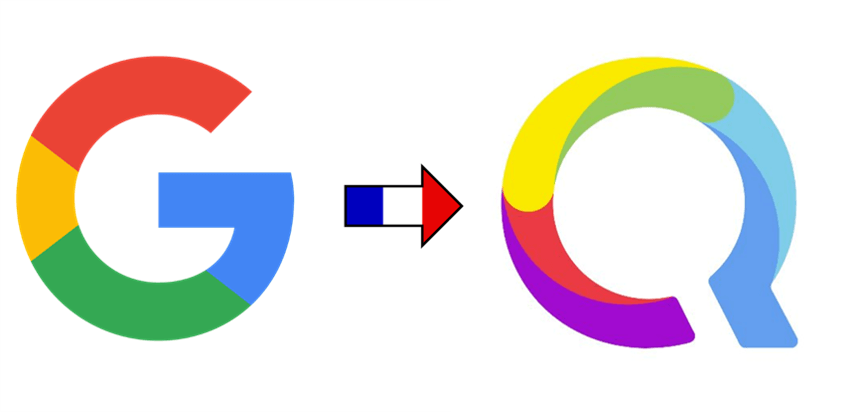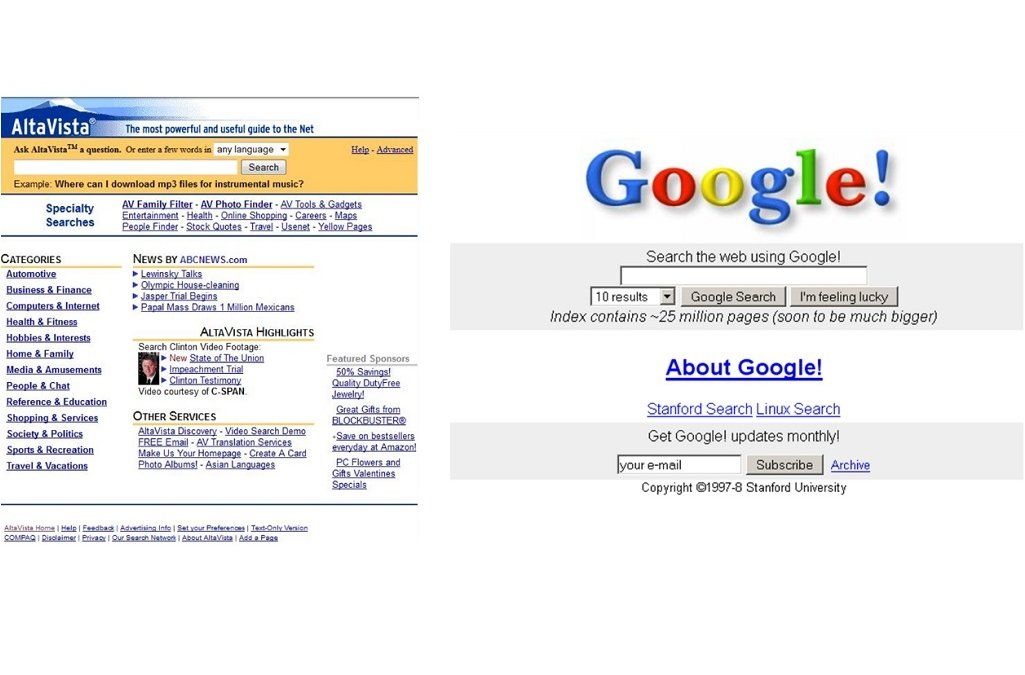ICOs, IPOs, Crowdfunding and Private Equity
Here I take a fresh look at fundraising given that technology companies have a variety of funding options and this has recently been shaken up further with the introduction of token sales or initial coin offerings (ICOs). So I will look at the main funding options, their pros and cons and then consider the possibility of hybrids.
Not all businesses need external funding to start and grow. Some use internal funds – beginging with the founders seed capital and then use revenue generated in the business to grow. This is called bootstrapping and has the advantage that the founders will own 100% of the business, but may lead to slow growth due to the slow investment process. Most family and lifestyle business are bootstrapped.
But let’s consider the needs of a technology company on a trajectory to become an international business. The traditional path is that the company will find some seed money to start the business, then additional money to build, grow and scale the business. The investment at these different stages often comes from different sources. The typical sources, in approximate order of investment scale and difficulty are; 3Fs (founders, family & friends/fools), angel investors, venture capital investors, initial public offering (IPO) and many companies use a number of these during their journey. However, this model has been disrupted recently by a variety of online types of crowdfunding including most recently ICOs.
Crowdfunding is centuries old, but has been reinvented in many on-line guises. Current types are donations (giving to good causes), reward based (advance payment for a planned product), equity (receiving shares), debt (investing in a return from loans), litigation (investing in a return from class actions) and tokens (investing in a company’s economy). The two types of specific interest to me for high growth tech companies are equity based and tokens based crowdfunds.
The funding needs and scale of investment changes as companies develop, and typically the funding amount increases at each stage. The different classification of funding, in very general terms, is given below.
Seed – The creation phase – e.g. to build the idea into an early prototype, demonstrator or basic product. Typically £50k – £2m
Series A – The build phase – having proven the product feasibility, this is to build the business/product value and establish the early beach head market. Typically £1m – £10m
Series B – The growth phase – having proven the product market, this is to growing the business and products to capture a larger market. Typically £5m – £50m
Series C – The scaling phase – having proven the mass market capability, this is to expand the business into all major accessible markets towards a monopoly position. Typically > £20m
The main funding mechanisms for aspiring technology companies are given below.
Private equity. Shares are sold in the company to private sophistocated investors. These investors are typically high networth individuals, angel investors or venture capital investors. This usually involves due diligence being carried out on the company, and the investor will often take a place on the board and charge the company fees. Private equity investors hope to gain a return on their investment via an exit. Normally this exit will be through the sale of the company or via an IPO. There are also management buy outs or sale to other investors. Private equity takes many different form and consequently can be used at any of the required funding stages.
IPO. Initial Public Offerings are the first release of shares onto public markets, sale of these shares typically raises the investment required and the company becomes publicly owned rather than private. There are many investors on these public stockmarkets ranging from individuals to large institutional investors and funds. Unlike private equity, public equity has liquidity in that it can be bought and sold at anytime. The complexity, cost and compliance issues associated with IPOs means that they are generally used in later stages of company development when they wish to raise large sums of investment. Thus, a company will typically have been through a series A funding round at least before considering an IPO.
Equity crowdfunding This has become popular in recent years due to its relative simplicity and the fact that sizeable sums can often be raised from a pool of small investors. Crowdfund investors tend to have a wide portfolio of investments and generally do little or no due dilligence on the company prior to investing. For companies, equity crowdfunding can be successful if the offer looks interesting and is marketed successfully to the correct audience. They can be concluded rapidly with minimal legal costs and there is normally no representative from the crowd community requiring a seat on the board. Equity crowdfunding is well suited to seed and small series A funding, but it is difficult to crowd source very large sums.
ICO Initial Coin Offerings are so called because of their similarity to IPOs, except that it is not equity being offered but a token for use within the company’s economy (normally in the form of a newly minted crypto currency). In common with IPOs the investor has liquidity, in that they can sell or buy tokens at any point after they are listed on public crypto currencies marketplaces. Most tokens have been issued as utility tokens that can eventually be used within the company’s own eco system, but are often held (or hodled) for future sale once their utility value has increased. The table below suggests that ICOs can be used at any stage, but, it is common to use it for seed and early stage companies. The amount being raise by some projects, however, are well into the series B and even series C funding sizes!
On a historical note, every one of these mechanisms has a history that is centuries old. It is probably easiest to accept that of private equity, IPOs and also crowdfunding. However, ICO appear to be a new phenomenon, which they are by name. However ICOs are essentially the minting of a local currency to be use in a closed economy and this is also centuries old. What is perhaps new is their application to fund companies in addition to creating a tradeable token.
Of course, all of these have pros and cons and suit different companies at different stages. To try and compare these I have constructed the table below.
| Security | Liquidity | Investor protection | Company regulation | Cost/simplicity for company | Company stage | |
| Private equity | Private shares |
* |
** | ** | ** |
Seed, A,B,C |
| IPO |
Public shares | *** | *** | *** | * |
B, C |
| Crowd fund (equity) | Private shares |
* | ** | ** | *** | Seed, A |
| ICO | Public tokens |
*** | – | * | *** | Seed, A,B,C |
What should be clear from this is that different types of funding have quite different pros and cons. Any advantage to the investor also becomes an advantage to the company too, since the investor will be more willing to invest.
In the case of the private equity, the problem for the investor is that of liquidity issue – investors cannot easily sells their shares as there is no accesible market or known value. Investors have to patiently wait on an exit event to hopefully realise a return on their investment. In their favour, laws governing the issue of shares, and the responsibilies of directors gives the investor a good degree of security around their investment. This can be slightly onerous on the company but is not overly burdensome. There is also the issue that investors often wish to place a director or observer on the board – this can work out well or with the wrong person be a large problem that can be difficult to rectify.
IPOs issue publicly tradable stock which can be bought and sold with relative ease at anytime the relevant stock market is open. There are heavy levels of investor protection in the way a public company must conduct their business and communicate with the investors. Consequently the compliance issues for public companies leads to heavy costs and can also lead to conserative and short-term decision making based on perceived market reactions (and hence stock price).
Equity crowdfunding has become popular and can raise useful amounts of funding quickly and easily without having one large investor or syndicate imposing a director on the board. There is usually no, or limited, due dilligence conducted and the legal process is often standardised and partly taken care of by the online funding platform. Effective marketing can be an issue with so many companies choosing this option but if done properly it can be very efficient.
ICOs do look very attractive for investors in terms of liquidity and many investors hold crypto-currency such as Bitcoin that they wish to diversify into other crypto currencies. In most cases there is no investor protection because of the lack of regualtion or confusion over how existing laws will apply. ICOs can be conducted with little company regulation as you do not even need to be a legal company entity in order to sell tokens. Unfortunately, this slightly lawless situation has led to a number of ICO frauds. One of the attraction of ICOs for companies has been the ease with which they can be raise large investments. Just like with crowd funding the marketing costs for conducting an ICO is increasing and some companies opt for a pre-ICO to generate a marketing budget for a large token sale.
There are more ways to fund companies beyond the main catagories mentioned here, as well as hybrid models. Let me provide one example of this, loans are another way to fund companies and convertible loan notes are a hybrid method that combines a loan mechanism with an equity mechanism. Funds are loaned to the company by an investor with an agreement that it may be converted into equity when there is a future funding round (usually with a favourable interest rate and a discount on the share price). These are found to be useful when a company needs to raise early stage funding but where it is difficult to value the company because it is at such an early stage.
ICOs look attractive in a number of respects, but have become unappealing in others. This leads us to the option to consider a hybrid ICO model in an attempt gain the benefits without the inherent problems. I believe there is a good workable hybrid model involving ICOs and in a future post I will present such a model that I personally beleive is attractive. It combines the best elements of ICOs and uses a private equity model to eliminate the risks to both the compay and investor.
The post ICOs, IPOs, Crowdfunding and Private Equity appeared first on Trisent.










